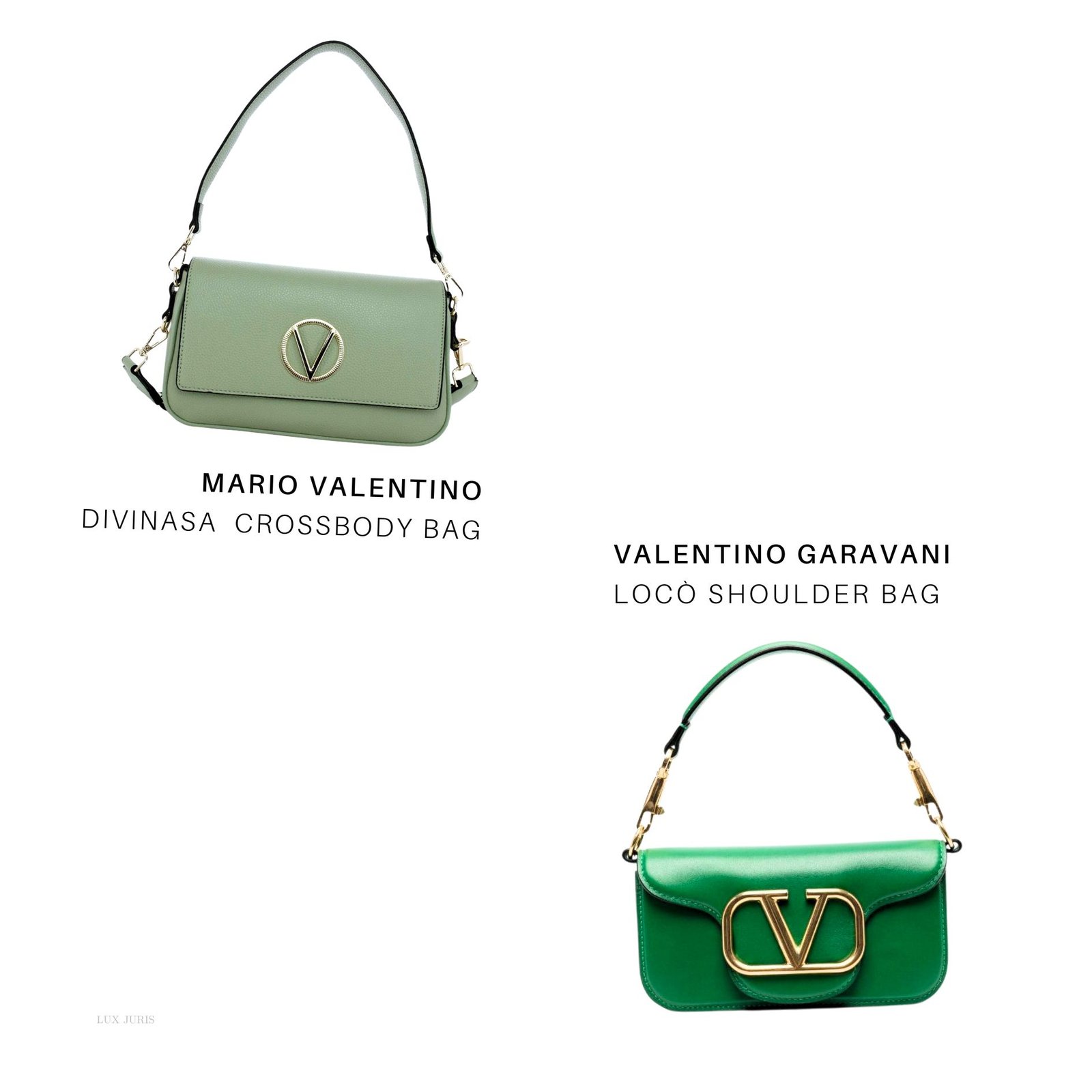Valentino vs Valentino. One Name, Two Legacies, Endless Confusion.
If you have ever spotted a Valentino handbag and hesitated, wondering which Valentino it belongs to, you are not alone. For decades, two Italian fashion houses have competed under the same name, creating a confusion that extends from courtrooms to shop floors.
This is not just a legal matter, it is a clash of identities. Mario Valentino, the Neapolitan leather goods specialist founded in 1952, and Valentino Garavani, who launched his fashion house in Rome in 1960, have been locked in a long-running dispute over trademarks, branding rights, and consumer perception.
At the heart of the conflict lies a single name, Valentino. Both brands have earned global reputations, but the overlap in naming has tested the limits of fair competition and raised fundamental questions about ownership, association, and market clarity in the luxury sector.
The Origins of Mario Valentino and Valentino Garavani
Mario Valentino established his brand in Naples, building a reputation for refined leather craftsmanship. His collaborations with designers such as Karl Lagerfeld and Gianni Versace positioned the brand as a minimalist counterpoint to the theatricality of haute couture.
Valentino Garavani rose to prominence on the Roman fashion scene in 1967 with a bolder, more theatrical approach. His designs, marked by the iconic Valentino red and V logo, quickly became symbols of glamour and exclusivity. By the late 1960s, Valentino Garavani was a favourite of high society and celebrities.
Though their aesthetics diverged, both brands operated under the Valentino name, resulting in decades of consumer confusion and legal tension.
The 1979 Coexistence Agreement
The agreement acknowledged that Mario Valentino had already registered several marks, including “Mario Valentino,” “Valentino,” “MV,” and “V” in both block and stylised form. The Valentino Companies, associated with Valentino Garavani, had also adopted similar marks for a wider range of merchandise.
In an attempt to prevent escalation, the two parties signed a global coexistence agreement in 1979. Its purpose was to clarify usage rights and avoid misleading the public.
Under paragraph 3, Mario Valentino was allowed to use one of the listed marks on the outside of goods in Class 18, which includes handbags, purses, and travel items. However, only one sign could be used externally at a time. The full name “Mario Valentino” had to appear prominently inside the product and on all packaging.
This clause was later tested in court.
The Milan Ruling: Enforcement and Breach
In 2019, the Court of Milan found that Mario Valentino had breached the coexistence agreement. The court confirmed that the brand had combined marks like “V” and “Valentino” on the same product exterior and failed to properly label interiors and packaging with the full name “Mario Valentino.”
As a result, the court issued an injunction, prohibiting further sale of non compliant products. The decision confirmed that the agreement had placed enforceable limits on how Mario Valentino could use the shared name in the marketplace.
US Lawsuit and 2024 Settlement
The dispute escalated across jurisdictions. In 2019, Valentino Garavani filed a lawsuit in the United States, claiming Mario Valentino’s branding practices violated the 1979 agreement and misled consumers into believing the products were connected to his house.
Mario Valentino responded by asserting its earlier founding date and arguing that it had complied with the terms of the agreement.
The case was settled in June 2024, but the terms remain confidential. Despite this resolution, litigation continues in Italy, with pending cases involving unfair competition, advertising practices, and interpretation of the original agreement.
The Consumer Confusion
The fallout has extended beyond legal circles. On platforms like Reddit’s r/handbags, users frequently ask whether a particular bag belongs to the “real” Valentino. Many are unaware that the name is shared, let alone that a coexistence agreement exists.
For consumers, the confusion goes beyond branding. It raises legal issues about whether shoppers are being misled, whether trademarks are being used properly, and what rules companies must follow when their names are so similar.
Valentino: A Name Divided
The dispute between Mario Valentino and Valentino Garavani is not just about trademarks. It is about who gets to define what the name Valentino means in luxury fashion. Decades of agreements, court rulings, and settlements have not resolved the confusion. Consumers are still unsure, and courts are still being asked to untangle the story behind a name both sides claim as their own.
In the end, this long running dispute shows exactly what is at stake when a brand name is on the line. In the world of luxury, a name is never just a word. It holds trust, reputation, and the promise of exclusivity that takes decades to build and seconds to undermine.
For Mario Valentino and Valentino Garavani, the struggle to protect their respective meanings of Valentino is far from over.
Further reading
